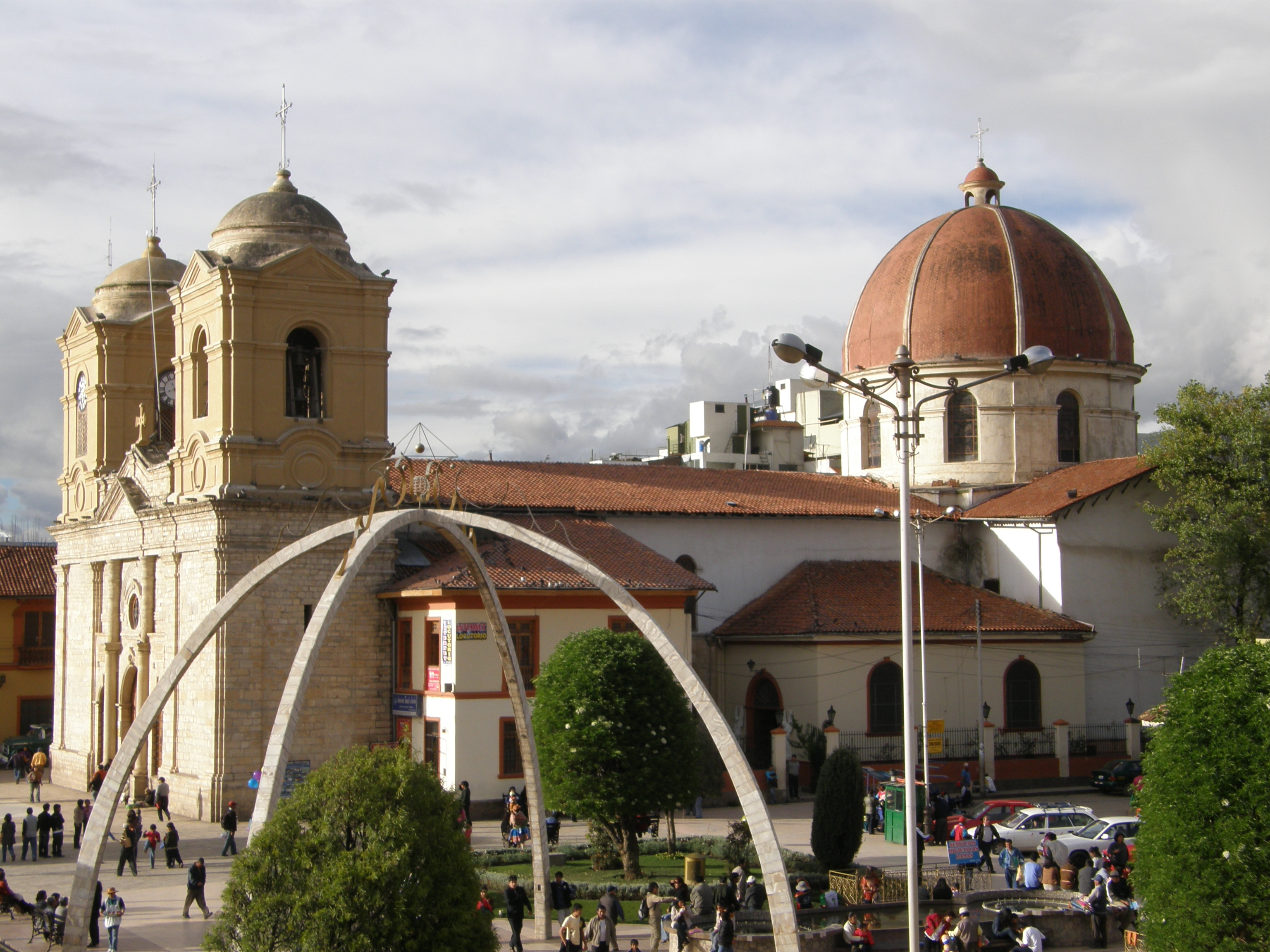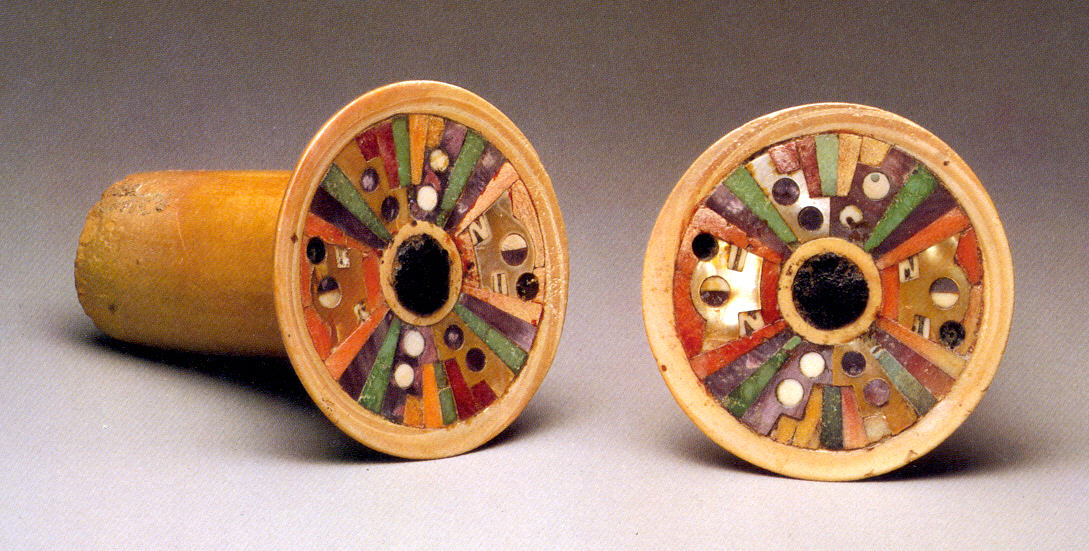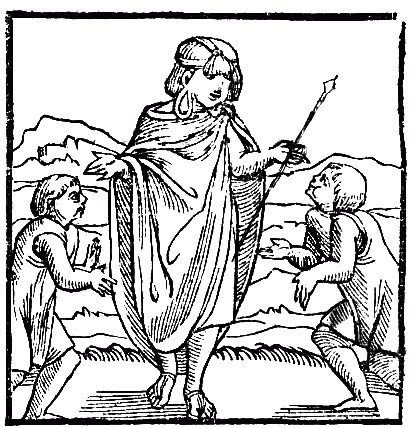|
Huancayo-Junín
Huancayo (; in , '(place) with a (sacred) rock', ) is the capital of the Junín Region and Huancayo Province, in the central highlands of Peru, in the Mantaro Valley and is crossed by the Shullcas, Chilca and Mantaro rivers. It was founded as a reduction by the name Santísima Trinidad de Huancayo on 1 June 1572, by Don Jerónimo de Silva, a Spanish conquistador. It is the fifth largest city in Peru, with a population of 500,000 and is among the highest cities in Peru, with an altitude of 3,256 meters (10,692 feet) above sea level. It is considered the economic and social center of central Peru The Huanca people largely inhabited the area even before the Inca Empire at around 500 BC. They would later form the so-called Huanca kingdom.They were incorporated into the Inca Empire, becoming a stopping point along the Qhapaq Ñan, the section that runs through the city, which today is called Calle Real. Upon the arrival of the Spanish conquistadors notably Francisco Pizarro, the ... [...More Info...] [...Related Items...] OR: [Wikipedia] [Google] [Baidu] |
Trinity
The Trinity (, from 'threefold') is the Christian doctrine concerning the nature of God, which defines one God existing in three, , consubstantial divine persons: God the Father, God the Son (Jesus Christ) and God the Holy Spirit, three distinct persons ('' hypostases'') sharing one essence/substance/nature ('' homoousion''). As the Fourth Lateran Council declared, it is the Father who s, the Son who is , and the Holy Spirit who proceeds. In this context, one essence/nature defines God is, while the three persons define God is. This expresses at once their distinction and their indissoluble unity. Thus, the entire process of creation and grace is viewed as a single shared action of the three divine persons, in which each person manifests the attributes unique to them in the Trinity, thereby proving that everything comes "from the Father", "through the Son", and "in the Holy Spirit". This doctrine is called Trinitarianism, and its adherents are called Trinitarians, ... [...More Info...] [...Related Items...] OR: [Wikipedia] [Google] [Baidu] |
Francisco Pizarro
Francisco Pizarro, Marquess of the Atabillos (; ; – 26 June 1541) was a Spanish ''conquistador'', best known for his expeditions that led to the Spanish conquest of the Inca Empire. Born in Trujillo, Cáceres, Trujillo, Spain, to a poor family, Pizarro chose to pursue fortune and adventure in the New World. He went to the Gulf of Urabá, and accompanied Vasco Núñez de Balboa in his crossing of the Isthmus of Panama, where they became the first Europeans to see the Pacific Ocean from the Americas. He served as mayor of the newly founded Panama City for a few years and undertook two failed expeditions to Peru. In 1529, Pizarro obtained permission from the Monarchy of Spain, Spanish crown to lead a campaign to conquer Peru and went on his third, and successful, expedition. When local people who lived along the coast resisted this invasion, Pizarro moved inland and founded the first Spanish settlement in Peru, Piura, San Miguel de Piura. After a series of manoeuvres, Pizarro c ... [...More Info...] [...Related Items...] OR: [Wikipedia] [Google] [Baidu] |
Inca Culture
The Inca Empire, officially known as the Realm of the Four Parts (, ), was the largest empire in pre-Columbian America. The administrative, political, and military center of the empire was in the city of Cusco. The Inca civilisation rose from the Peruvian highlands sometime in the early 13th century. The Portuguese explorer Aleixo Garcia was the first European to reach the Inca Empire in 1524. Later, in 1532, the Spanish began the conquest of the Inca Empire, and by 1572 the last Inca state was fully conquered. From 1438 to 1533, the Incas incorporated a large portion of western South America, centered on the Andean Mountains, using conquest and peaceful assimilation, among other methods. At its largest, the empire joined modern-day Peru with what are now western Ecuador, western and south-central Bolivia, northwest Argentina, the southwesternmost tip of Colombia and a large portion of modern-day Chile, forming a state comparable to the historical empires of Eurasia. Its of ... [...More Info...] [...Related Items...] OR: [Wikipedia] [Google] [Baidu] |
Department Of Ayacucho
Ayacucho (), known as Huamanga from its creation in 1822 until 1825, is a department and region of Peru, located in the south-central Andes of the country. Its capital is the city of Ayacucho. The region was one of the hardest hit in the 1980s during the guerrilla war waged by Shining Path known as the internal conflict in Peru. A referendum was held on 30 October 2005, in order to decide whether the department would merge with the departments of Ica and Huancavelica to form the new Ica-Ayacucho-Huancavelica Region, as part of the decentralization process in Peru. The proposal failed and no merger was carried out. Political division The department is divided into 11 provinces (, singular: ''provincia''), which are composed of 111 districts (''distritos'', singular: ''distrito''). Provinces The provinces, with their capitals in parentheses, are: # Cangallo (Cangallo) # Huamanga (Ayacucho) # Huanca Sancos (Huanca Sancos) # Huanta (Huanta) # La Mar ( San Miguel) # Lucana ... [...More Info...] [...Related Items...] OR: [Wikipedia] [Google] [Baidu] |
Wari Culture
The Wari () were a Pre-Inca cultures, Middle Horizon civilization that flourished in the south-central Andes and coastal area of modern-day Peru, from about 500 to 1000 AD. Wari ruins, Wari, as the former capital city was called, is located north-east of the modern city of Ayacucho, Peru. This city was the center of a civilization that covered much of the highlands and coast of modern Peru. The best-preserved remnants, besides the Huari, Wari ruins, are the recently discovered Cerro Pátapo ruins, Northern Wari ruins near the city of Chiclayo, Peru, Chiclayo, and Cerro Baúl in Moquegua. Also well-known are the Wari ruins of Pikillaqta ("Flea Town"), a short distance south-east of Cuzco ''en route'' to Lake Titicaca. However, there is still a debate whether the Wari dominated the Central Coast or the polities on the Central Coast were commercial states capable of interacting with the Wari people without being politically dominated by them. History Archaeological evidence poin ... [...More Info...] [...Related Items...] OR: [Wikipedia] [Google] [Baidu] |
Inca Road System
The Inca road system (also spelled Inka road system and known as ''Qhapaq Ñan''Qhapaq=rich, powerful, opulent, wealthy, privileged; ñan=road, way, path, route. Source "Diccionario quechua - español - quechua" Gobierno Regional Cusco - Cusco – Second edition, 2005 meaning "royal road" in QuechuaMartínez Martínez, Guadalupe (2010). Qhapaq Ñan: el camino inca y las transformaciones territoriales en los Andes Peruanos - Arqueología y Sociedad, Nº 21, 2010 – www.revistasinvestigacion.unmsm.edu.pe/index.php/Arqueo/article/download/12277/10985) was the most extensive and advanced transportation system in pre-Columbian South America. It was about long. The construction of the roads required a large expenditure of time and effort. The network was composed of formalKrzanowski Andrzej. Observaciones acerca de la construcción y el trazado de algunos tramos del camino inca en los Andes peruanos - Kraków, Poland - http://www.farkha.nazwa.pl/contributions/pcnwa/cnwa/CNWA2.4.pdf ... [...More Info...] [...Related Items...] OR: [Wikipedia] [Google] [Baidu] |
Inca Empire
The Inca Empire, officially known as the Realm of the Four Parts (, ), was the largest empire in pre-Columbian America. The administrative, political, and military center of the empire was in the city of Cusco. The History of the Incas, Inca civilisation rose from the Peruvian highlands sometime in the early 13th century. The Portuguese explorer Aleixo Garcia was the first European to reach the Inca Empire in 1524. Later, in 1532, the Spanish Empire, Spanish began the conquest of the Inca Empire, and by 1572 Neo-Inca State, the last Inca state was fully conquered. From 1438 to 1533, the Incas incorporated a large portion of western South America, centered on the Andes, Andean Mountains, using conquest and peaceful assimilation, among other methods. At its largest, the empire joined modern-day Peru with what are now western Ecuador, western and south-central Bolivia, northwest Argentina, the southwesternmost tip of Colombia and Incas in Central Chile, a large portion of modern- ... [...More Info...] [...Related Items...] OR: [Wikipedia] [Google] [Baidu] |
Pachacuti
Pachacuti Inca Yupanqui, also called Pachacútec (), was the ninth Sapa Inca of the Chiefdom of Cusco, which he transformed into the Inca Empire (). Most archaeologists now believe that the famous Inca site of Machu Picchu was built as an estate for Pachacuti.Rowe, John, 1990, "Machu Picchu a la luz de documentos de siglo XVI", ''Historia'' 16 (1), 139–154. In Quechua, the cosmogonical concept of '' pachakutiy'' means "the turn of the world" and ''yupanki'' could mean "honorable lord". During his reign, Cusco grew from a hamlet into an empire that could compete with, and eventually overtake, the Chimú empire on the northern coast. He began an era of conquest that, within three generations, expanded the Inca dominion from the valley of Cusco to a sizeable part of western South America. According to the Inca chronicler Garcilaso de la Vega, Pachacuti created the Inti Raymi to celebrate the new year in the Andes of the southern hemisphere. Pachacuti is often linked to th ... [...More Info...] [...Related Items...] OR: [Wikipedia] [Google] [Baidu] |
Inca
The Inca Empire, officially known as the Realm of the Four Parts (, ), was the largest empire in pre-Columbian America. The administrative, political, and military center of the empire was in the city of Cusco. The History of the Incas, Inca civilisation rose from the Peruvian highlands sometime in the early 13th century. The Portuguese explorer Aleixo Garcia was the first European to reach the Inca Empire in 1524. Later, in 1532, the Spanish Empire, Spanish began the conquest of the Inca Empire, and by 1572 Neo-Inca State, the last Inca state was fully conquered. From 1438 to 1533, the Incas incorporated a large portion of western South America, centered on the Andes, Andean Mountains, using conquest and peaceful assimilation, among other methods. At its largest, the empire joined modern-day Peru with what are now western Ecuador, western and south-central Bolivia, northwest Argentina, the southwesternmost tip of Colombia and Incas in Central Chile, a large portion of modern- ... [...More Info...] [...Related Items...] OR: [Wikipedia] [Google] [Baidu] |
Wari Empire
The Wari Empire or Huari Empire was a political formation that emerged around 600 in Peru's Ayacucho Basin and grew to cover much of coastal and highland Peru. The empire lasted for about 500 years, until 1100.Wade, Lizzie (17 August 2016), "The Wari's grisly end—the fall of a South American empire", ''Science'', retrieved 28 April 2024. It existed during the same era as the Tiwanaku culture, and at one time, was thought to have been derived from it. In 2008, archeologists found a precolumbian city, the Northern Wari ruins (also called Cerro Pátapo) near modern Chiclayo. The find was the first extensive settlement related to the Wari culture discovered that far north. Archaeological discoveries have continued over the past decade. In 2023, archaeologists discovered a 1200-year-old Wari ritual complex in Arequipa. While more discoveries are being made regarding the Wari Empire, archaeologists are able to draw more conclusions about the Wari Empire's culture. Political rel ... [...More Info...] [...Related Items...] OR: [Wikipedia] [Google] [Baidu] |
Huanca People
The Huancas, Wancas, or Wankas are a Quechua people living in the Junín Region of central Peru, in and around the Mantaro Valley. Names The southern branch of Huanca people are called the Wanka Waylla Quechua and Southern Huancayo Quechua. The Jauja Wanka are also called Wanka Jauja Quechua and Shawsha Wanka Quechua people. They gave their name to the Peruvian football team Deportivo Wanka. History After fierce fighting, the Huanca people were conquered by Pachacuti in the 15th century and incorporated into Tawantinsuyu, the Inca Empire. The Huanca helped the Spaniards during the Spanish conquest of Peru, conquest of Peru. They provided supplies and men to the Spanish army. Language The Huanca people speak Wanka Quechua, Jauja Wanka Quechua and Wanka Quechua, Waylla Wanka Quechua, both Quechua I languages. These languages differ significantly from the Incas' Cusco Quechua, Quechua of Cusco. (see Mantaro Valley) Notes {{DEFAULTSORT:Huanca People Quechua Ethnic groups in ... [...More Info...] [...Related Items...] OR: [Wikipedia] [Google] [Baidu] |
Capilla La Merced
Capilla may refer to: *A medieval Spanish term for a chapel *Capilla, Badajoz, Spain *Capillas, Castile and León, Spain *Capillas District, Peru *La Capilla, Colombia People * Doug Capilla (born 1952), American baseball player * Eneko Capilla (born 1995), Spanish footballer * Joaquín Capilla Joaquín Capilla Pérez (December 23, 1928 – May 8, 2010), was a Mexican diver who won the largest number of Olympic medals among Mexican athletes. Together with his elder brother Alberto he competed in the 3 m springboard and 10 m platform ... (1928–2010), Mexican diver See also * {{Disambiguation, geo, surname ... [...More Info...] [...Related Items...] OR: [Wikipedia] [Google] [Baidu] |








